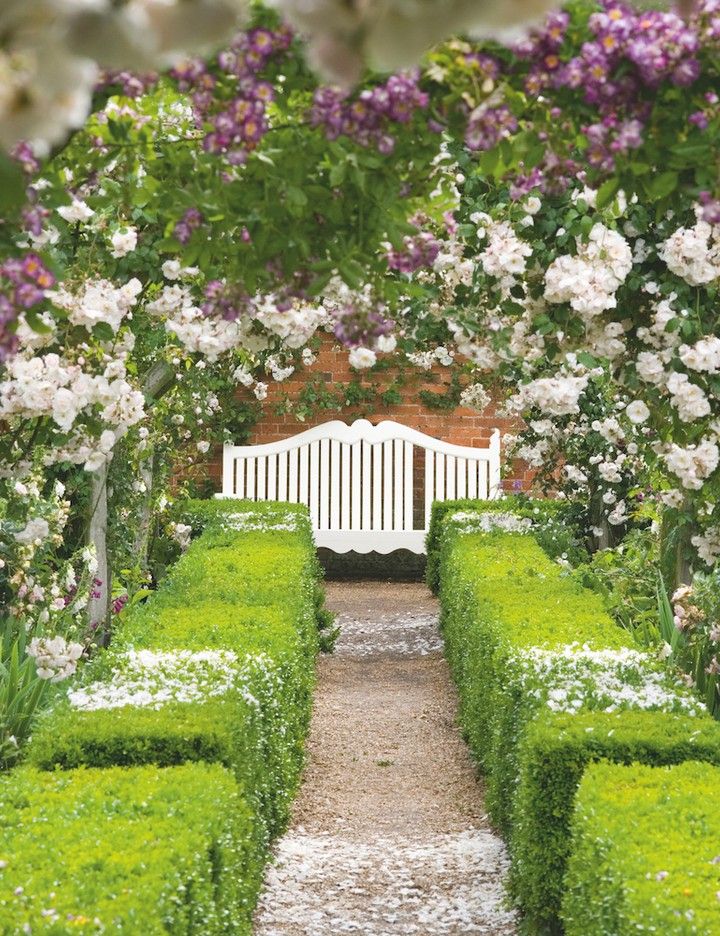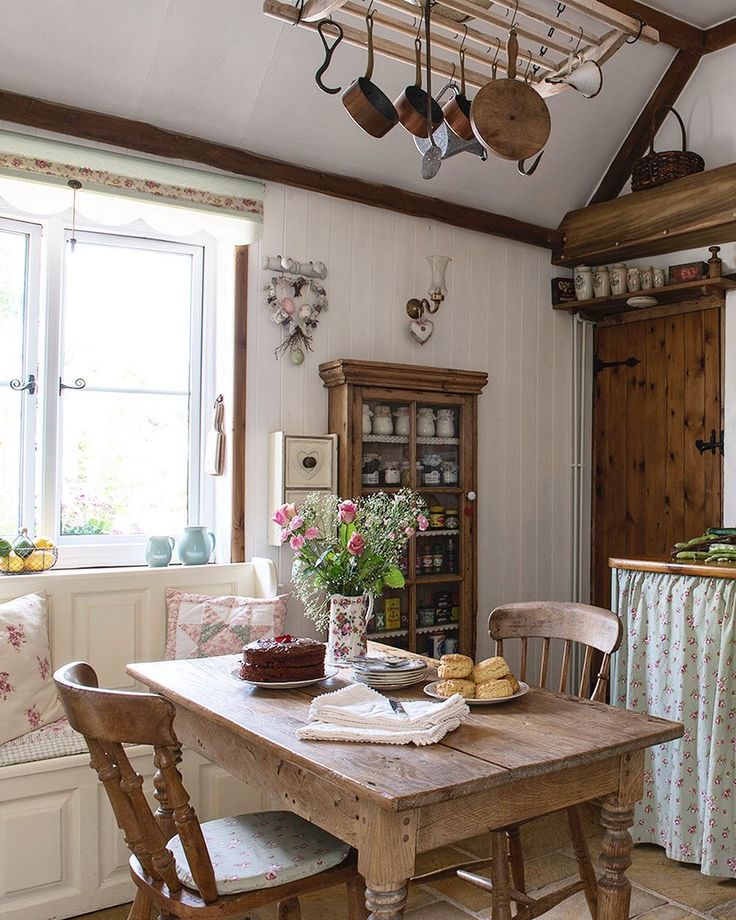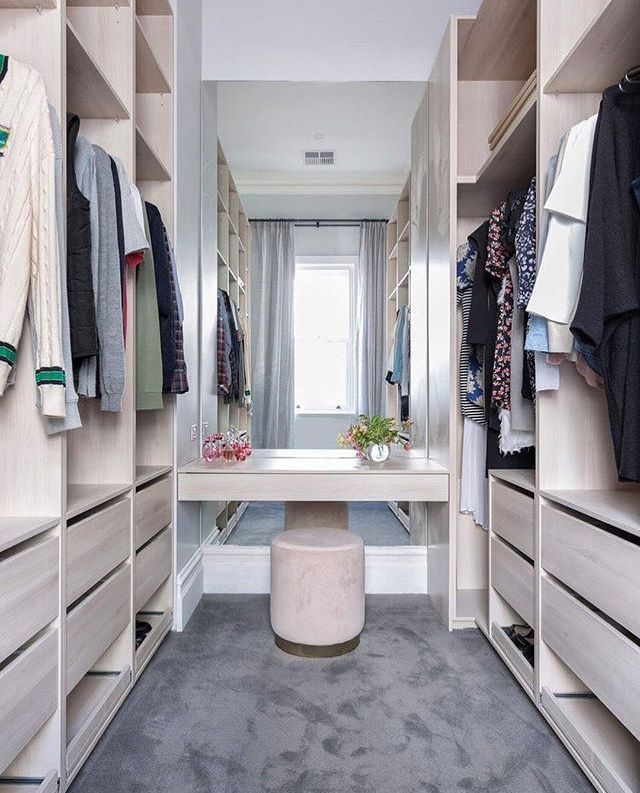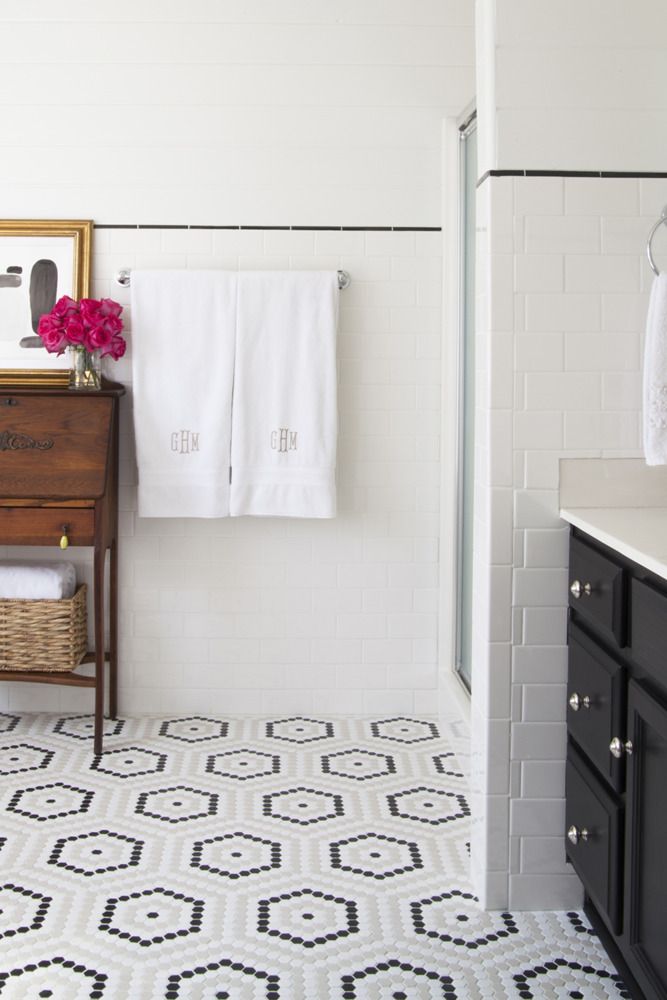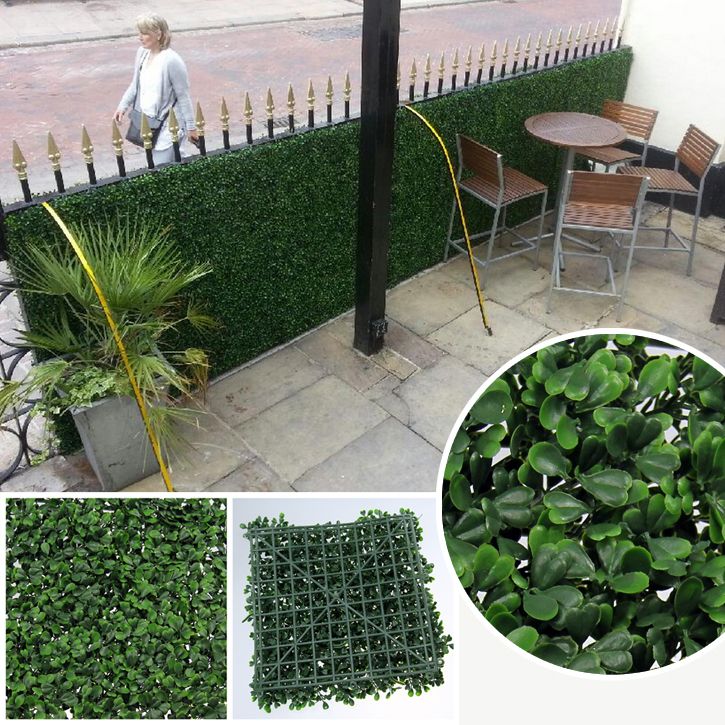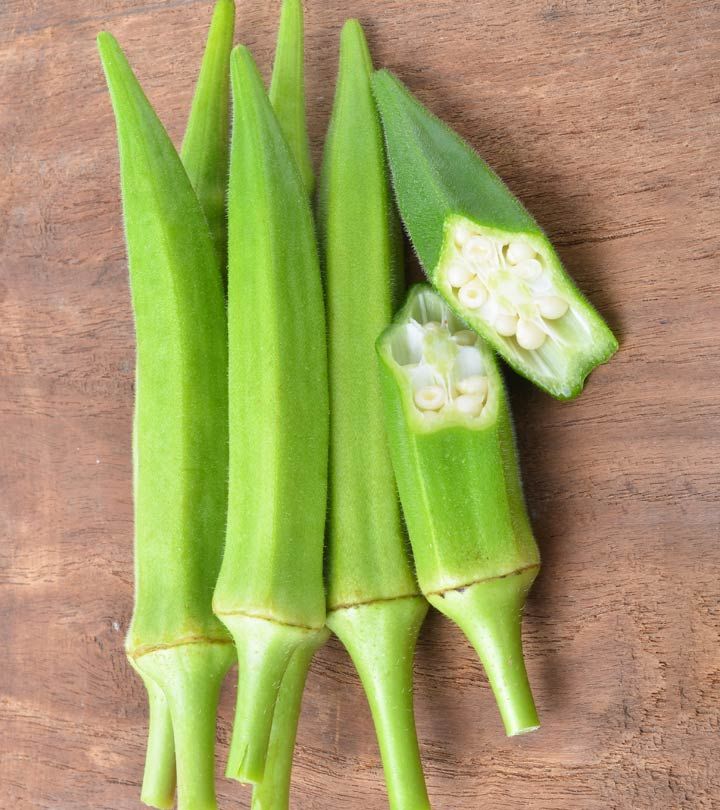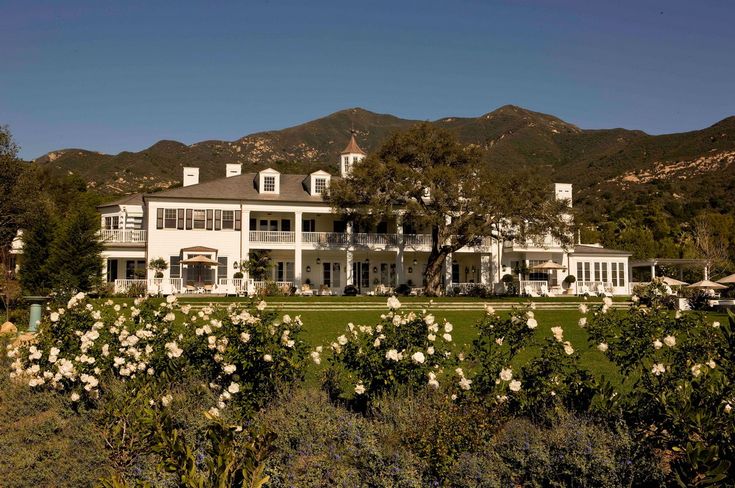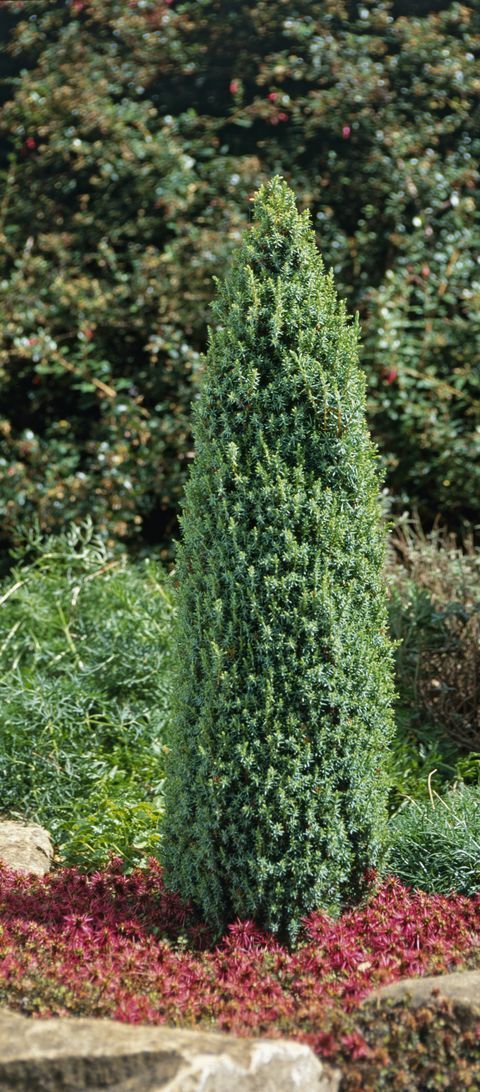Sissinghurst castle rose
Sissinghurst Castle | Old Rose
Colour: Light magenta-crimson
Flowering: Once Flowering
Fragrance: Light, Old Rose
Size: Medium Shrub
125cm
90cm
Bloom Size: Medium
Beautiful, rich plum-coloured flowers, edged and flecked with light magenta-crimson. Golden stamens. Particularly tough. Lightly scented. 1850. Read more
Mixed Border
Shady Areas
See more rose information
Add to Wishlist Default TitleSave 10% when you buy three of the same rose
Add to Wishlist Default TitleSave 10% when you buy three of the same rose
Description
Beautiful, rich plum-coloured flowers, edged and flecked with light magenta-crimson. Golden stamens. Particularly tough. Lightly scented. 1850.
Characteristics
Colour: Light magenta-crimson
BLOOM COLOUR Colour may vary depending on growing conditions. Colour fade is a characteristic of some varieties.
Flowering: Once Flowering
REPEAT or ONCE FLOWERING? REPEAT FLOWERING roses flower in flushes from late spring through to early winter.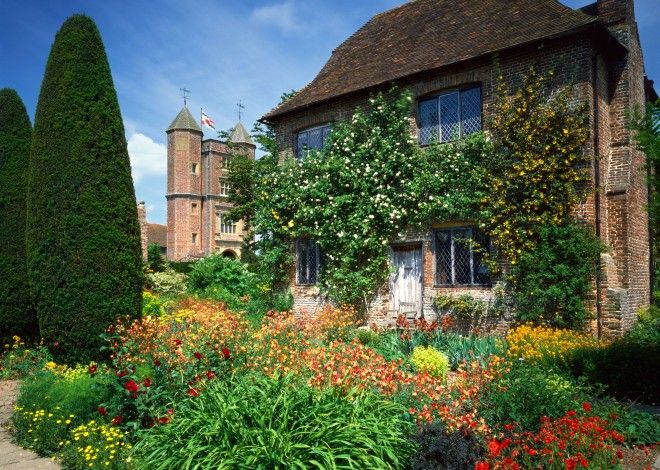 ONCE FLOWERING roses only produce a single flush of blooms lasting 3 to 4 weeks in mid summer
ONCE FLOWERING roses only produce a single flush of blooms lasting 3 to 4 weeks in mid summer
Fragrance: Light, Old Rose
Bloom Size: Medium
BLOOM SIZE GUIDE Bloom size varies over the life cycle of each bloom.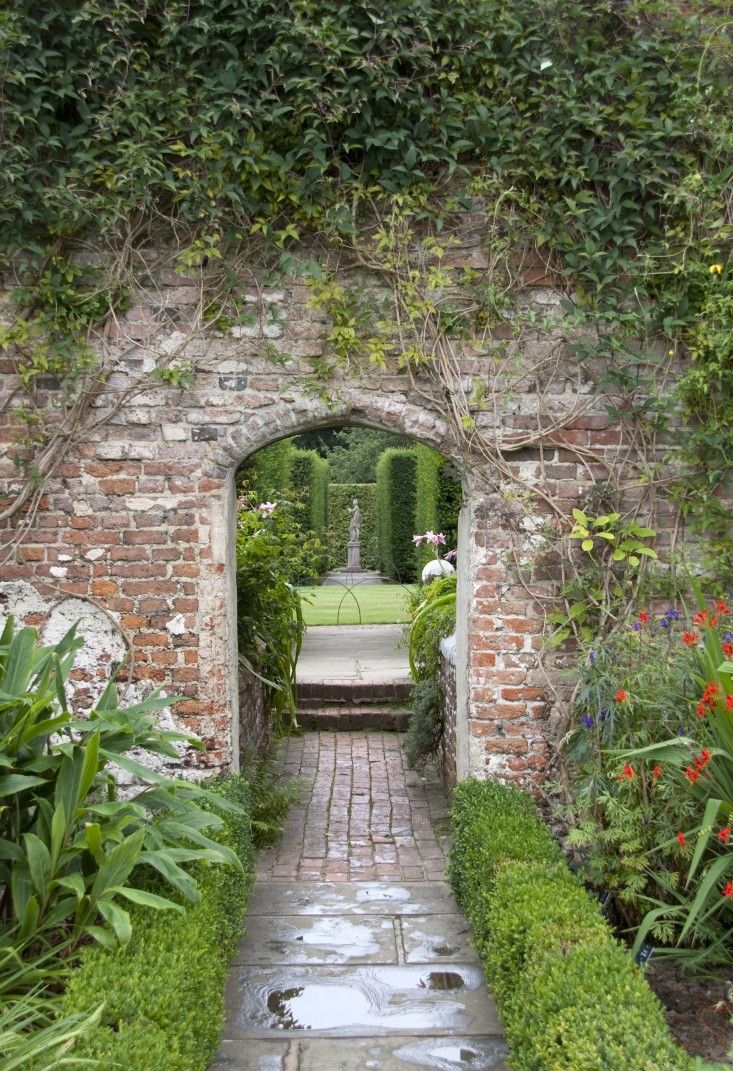 Measurements refer to the average diameter of a bloom at its prime. LARGE BLOOM: 3.5-5" MEDIUM BLOOM: 2-3.5" SMALL BLOOM 1-2"
Measurements refer to the average diameter of a bloom at its prime. LARGE BLOOM: 3.5-5" MEDIUM BLOOM: 2-3.5" SMALL BLOOM 1-2"
Family: Old Rose
Size: Medium Shrub
SIZE GUIDE All measurements are approximate 'height x width' and refer to a 3 year old established rose, pruned once annually, measured during the first flush of flowers in June.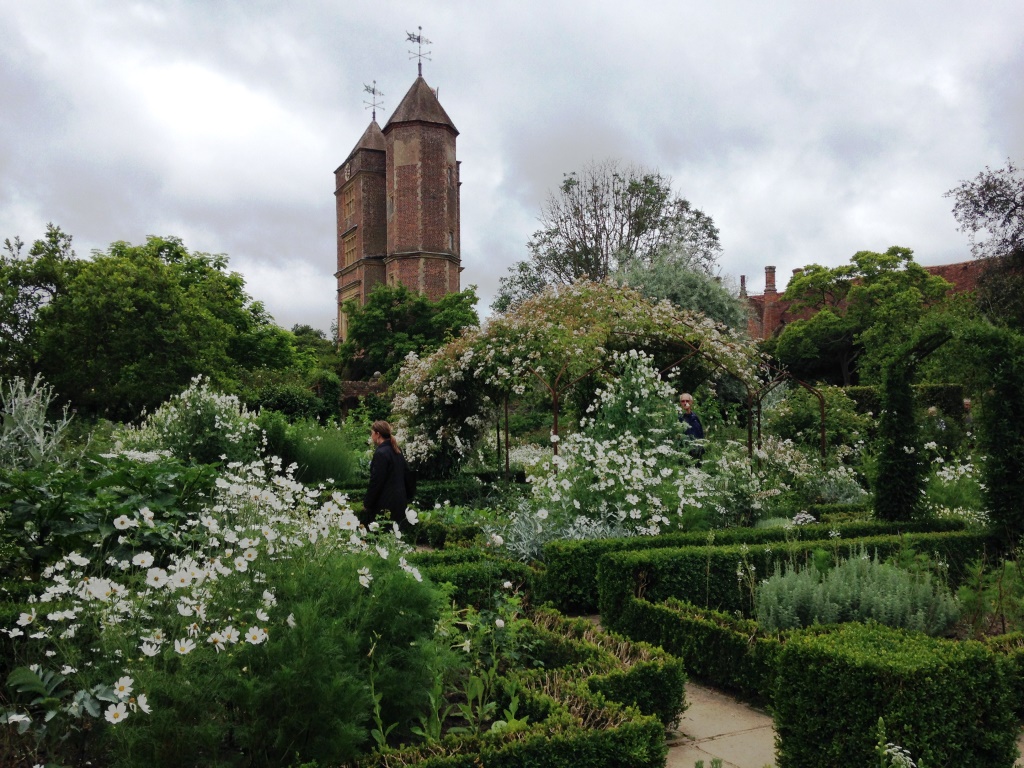
125cm
90cm
Year of Introduction: 1850
Ideal For
Mixed Border
Shady Areas
Growing Conditions
North, East, South, West Facing
All soil types
Full Sunlight
Partial Sunlight
Molineux® English Shrub Rose €22. 95
95
Hyde Hall English Shrub Rose €22.95
A Whiter Shade of Pale Hybrid Tea €22.95
Royal Jubilee English Shrub Rose €22. 95 - €29.95
95 - €29.95
DELIVERY INFORMATION
All potted roses will be delivered from mid-September 2022. Please see below delivery charges that apply to our current destinations within the EU.
Country | Delivery Charge (€) |
| France, Germany | 6.95 |
| Austria, Belgium, Czech, Denmark, Holland, Hungary, Ireland, Italia, Luxembourg, Poland, Portugal, Spain, Sweden | 9.95 |
| Bulgaria, Croatia, Estonia, Finland, Latvia, Lithuania, Romania, Slovakia, Slovenia | 15.95 |
| Greece, Switzerland | 24.95 |
SEE FULL DELIVERY INFORMATION
Unsere neue Website bietet viele wundervolle neue Inhalte und Informationen zur Rosenpflege, die Sie genießen können.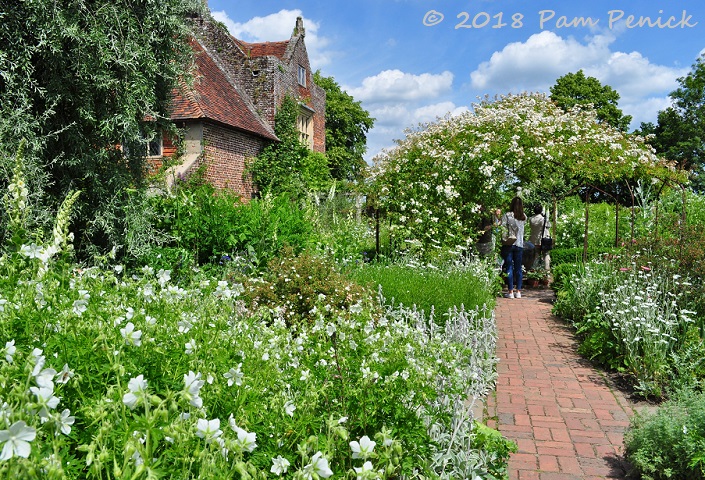
Das automatische Übersetzungstool ist jedoch möglicherweise zunächst etwas roboterhaft, während wir daran arbeiten, die Qualität der Übersetzung zu verbessern.
ÜBERSETZEN
Notre nouveau site possède une multitude de nouveaux contenus et informations sur l'entretien des roses à vous proposer.
Cependant, l'outil de traduction automatique pourra, d'emblée, sonner un peu étrange, en attendant que nous améliorions la qualité de la traduction.
TRADUIRE
Roses from Sissinghurst: the best to grow
When Troy Scott-Smith, head gardener at Sissinghurst discovered that some of the roses that the garden's original creator Vita Sackville-West had planted were no longer growing there, he set out to put them back.
"Vita's own diaries and notebooks, along with catalogues she marked with potential rose orders, have helped us identify many of the roses she grew, while lists left by former head gardeners have provided greater detail," he explains.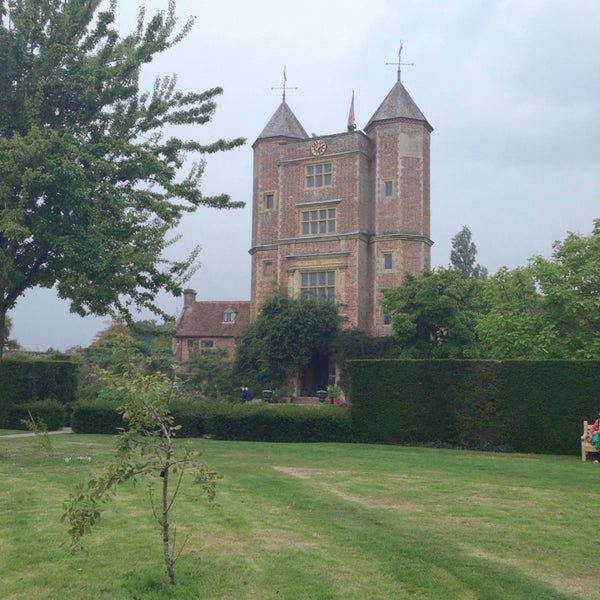 "We may never find all of the lost roses, but tracking them down and discovering some new favourites has brought great pleasure."
"We may never find all of the lost roses, but tracking them down and discovering some new favourites has brought great pleasure."
Discover more about the garden at Sissinghurst garden and some of its most special roses in this video with head gardener Troy Scott-Smith, and find out the names of Vita's top 15 roses below.
Rosa ‘Adélaïde d’Orléans’© Rachel Warne
An ideal rambler rose for a pergola or trellis, with delicate flowers that hang like jewels along the length of its long, pliable stems. 4.5m. AGM*. RHS H6, USDA 5a-10†.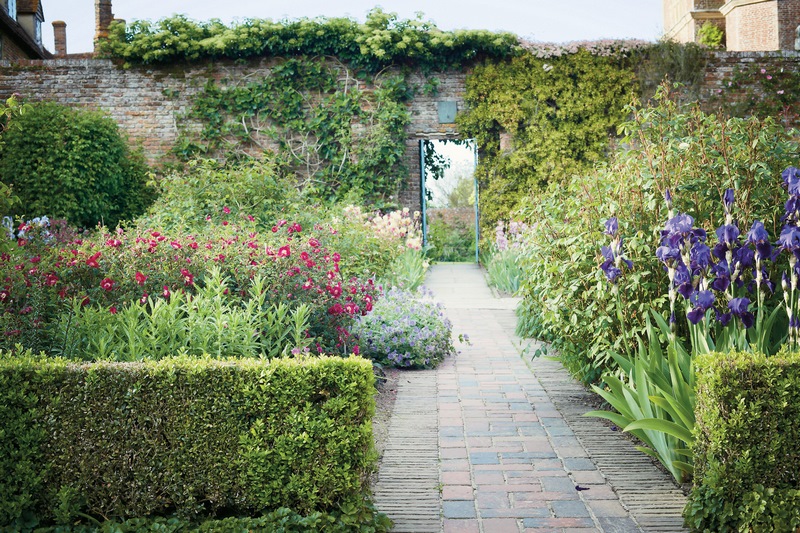
Buy Rosa ‘Adélaïde d’Orléans’ from David Austin
Rosa ‘Albertine’© Rachel Warne
A well-known rose rambler you often see in gardens with a delicious fragrance of tinned pineapple. Can be grown on a wall or allowed to do as it likes among shrubs. 3.6m. AGM. RHS H6, USDA 4a-8b.
Rosa ‘Alchymist’© Rachel Warne
A modern floribunda climbing rose from the German breeder Kordes in 1956.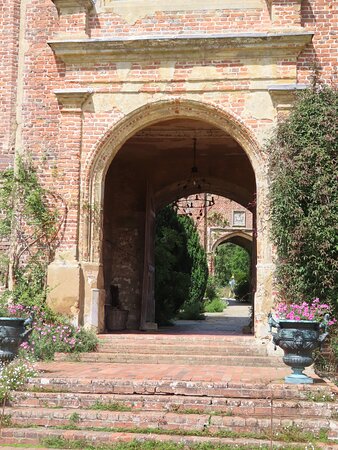 Grown for its golden-yellow-orange blooms and striking copper-bronze foliage. 6m. RHS H6, USDA 4a-9b.
Grown for its golden-yellow-orange blooms and striking copper-bronze foliage. 6m. RHS H6, USDA 4a-9b.
Buy Rosa ‘Alchymist’ from David Austin
Rosa ‘Allen Chandler’© Rachel Warne
Grown over the entrance arch, this rose takes centre stage at Sissinghurst. Its brilliant scarlet-red flowers are followed by copious orange-red hips. 4.7m.
Buy Rosa ‘Allen Chandler’ from David Austin
Rosa ‘Blanche Double de Coubert’© Rachel Warne
A rose cherished by Vita, not only for the length of its flowering period but also for the power of its fragrance.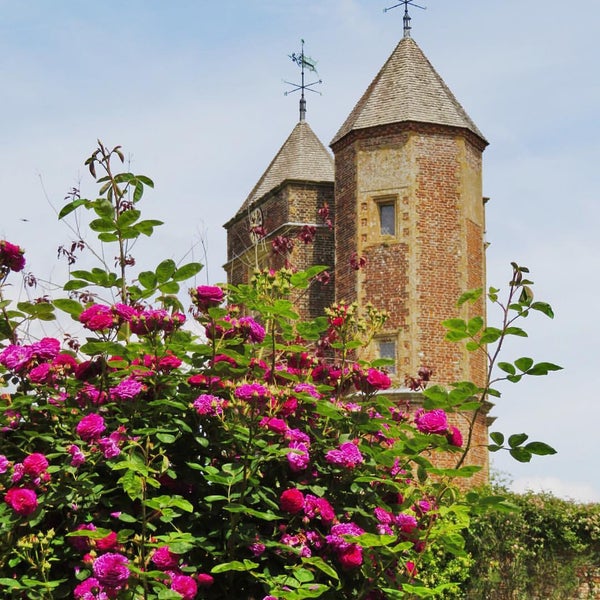 1.5m. AGM. RHS H7, USDA 3a-9b.
1.5m. AGM. RHS H7, USDA 3a-9b.
Find Rosa ‘Blanche Double de Coubert’ through the RHS
Rosa ‘Blanche Moreau’© Rachel Warne
An extraordinary rose with creamy-white double flowers that contrast with the purple-brown, heavily mossed stems and leaf stalks. Flowers only once. 1.8m.
Buy Rosa ‘Blanche Moreau’ from Trevor White Roses
Rosa ‘Bleu Magenta’© Rachel Warne
A splendid, late-flowering rose rambler that can usefully extend the season. Little scent, but few thorns. 6m. AGM. RHS H7, USDA 5a-9b.
Little scent, but few thorns. 6m. AGM. RHS H7, USDA 5a-9b.
Buy Rosa ‘Bleu Magenta’ from David Austin
Rosa ‘Buff Beauty’© Rachel Warne
Apricot-yellow flowers of delicious scent are beautifully presented in small clusters against the red-brown stems and bronze tinted leaves. This rose is rarely out of flower.1.2m. AGM. RHS H6, USDA 6a-10b.
Rosa ‘Cardinal de Richelieu’© Rachel Warne
A gallica rose, much loved by Vita for its sumptuous velvet-purple colouring.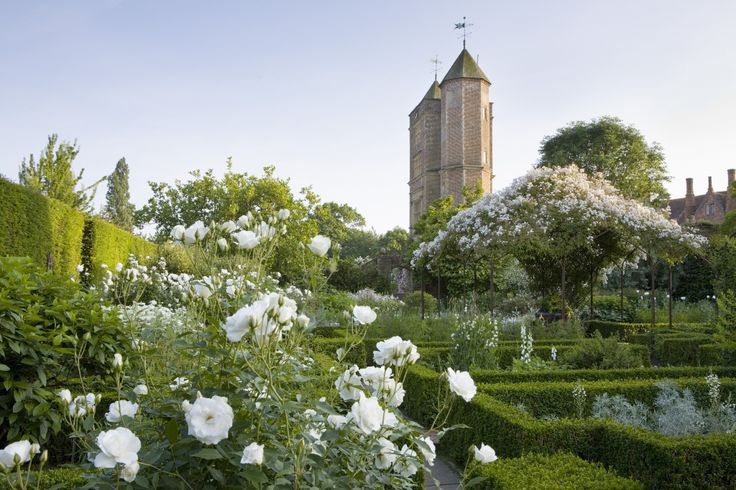 1m. RHS H7, USDA 4a-8b.
1m. RHS H7, USDA 4a-8b.
© Rachel Warne
Flowers of delicate pink emerge from beautiful buds all set among glaucous grey leaves. Associates well with roses of rich purple. 1.8m. AGM. RHS H7.
Find Rosa 'Céleste' through the RHS
Rosa ‘Charles de Mills’© Rachel Warne
The crimson-purple to dark-lilac colouring is really splendid on this rose when planted with strong pink varieties.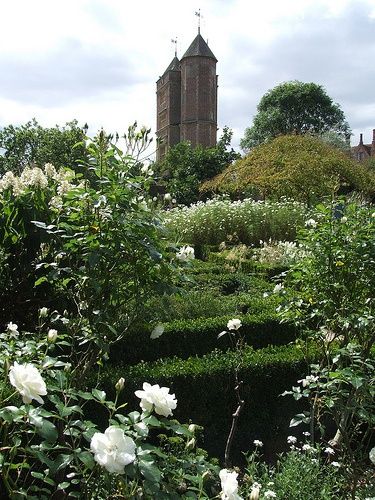 1.2m. AGM. RHS H7, USDA 4a-8b.
1.2m. AGM. RHS H7, USDA 4a-8b.
© Rachel Warne
At Sissinghurst we grow this glorious gallica as both a free-standing rose shrub and climbing up the Elizabethan wall, and I’m also experimenting growing it in our meadow. Its large, single, pink flowers surround a circle of gold stamens. 3m. RHS H7, USDA 4a-8b.
Buy Rosa 'Complicata' from Peter Beales
Rosa ‘Constance Spry’© Rachel Warne
This climber/shrub rose is named after the florist who did so much to popularise old roses.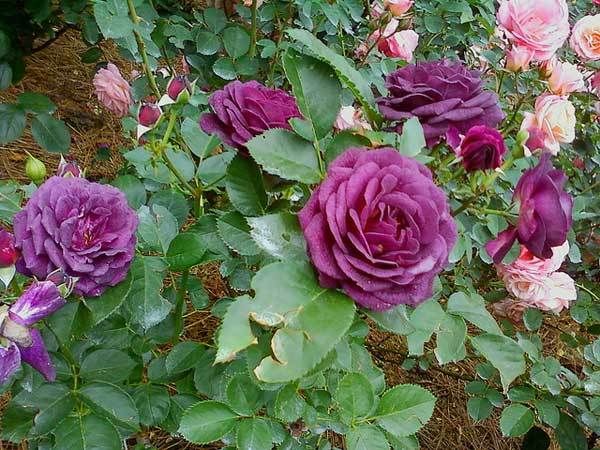 Clear-pink, double flowers are cupped at first and smell of myrrh. 2.5m. AGM. RHS H6, USDA 5a-10b.
Clear-pink, double flowers are cupped at first and smell of myrrh. 2.5m. AGM. RHS H6, USDA 5a-10b.
© Rachel Warne
A damask/gallica rose introduced by Nancy Lindsay. Fuschia-red flowers with purple tints are abundant and are held above the foliage on short stems. 1.2m. AGM. RHS H7, USDA 4a-9b.
Buy Rosa 'De Resht' from Gardening Express
Rosa ‘Duplex’© Rachel Warne
Formerly known as Rosa ‘Wolley-Dod’, this shrub rose grows in deep shade at Sissinghurst, its pink flowers contrasting beautifully with the healthy foliage.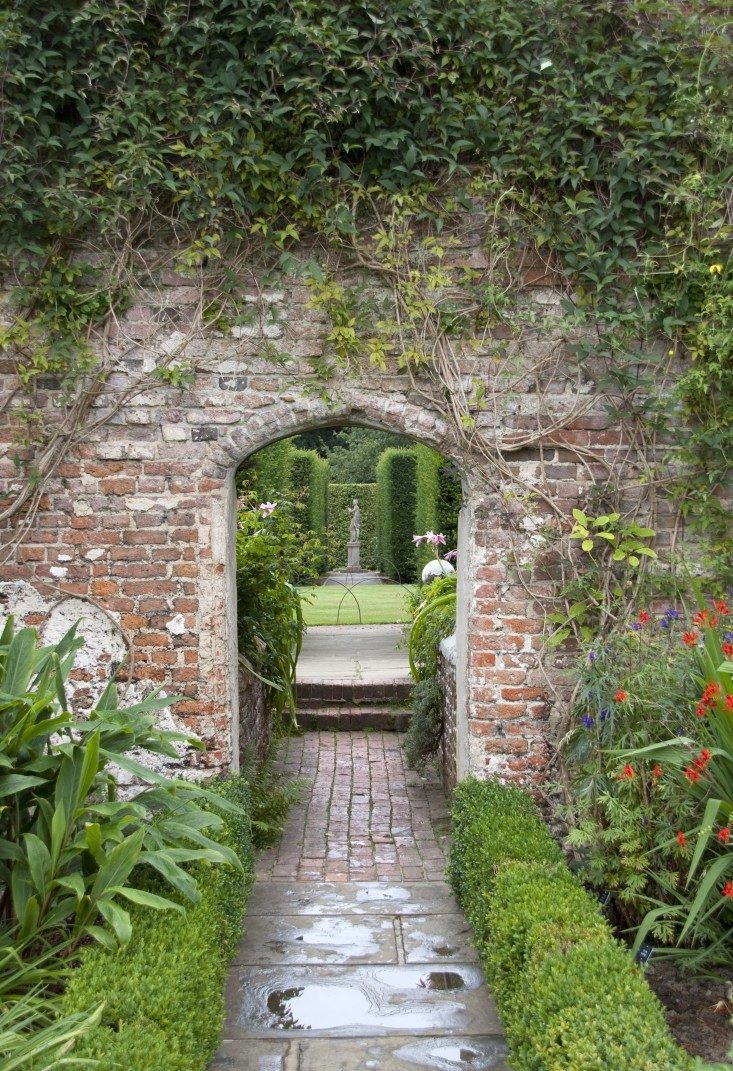 3m.
3m.
Buy Rosa 'Duplex' from Trevor White Roses
More of Vita's roses found at Sissinghurst:
Rosa ‘Dusky Maiden’, Rosa ‘Fantin-Latour’, Rosa ‘Felicia’, Rosa ‘Félicité Perpétue’, Rosa ‘Flora’, Rosa ‘Francis E Lester’, Rosa ‘Fritz Nobis’, Rosa ‘Geranium’, Rosa ‘Henri Martin’, Rosa ‘Honorine de Brabant’, Rosa ‘Ispahan’, Rosa ‘Kathleen’, Rosa ‘Kordes’ Magenta’, Rosa ‘Madame Alfred Carrière’, Rosa ‘Madame Lauriol de Barny’, Rosa ‘May Queen’, Rosa ‘Mrs Honey Dyson’, Rosa ‘Noisette Carnée’, Rosa nutkana ‘Plena’, Rosa ‘Penelope’, Rosa rubiginosa, Rosa ‘Sissinghurst Castle’, Rosa ‘Souvenir du Docteur Jamain’, Rosa ‘The Garland’, Rosa ‘Variegata di Bologna’, Rosa ‘Wickwar’, Rosa ‘William Lobb’, Rosa x polliniana, Rosa ‘Zigeunerknabe’.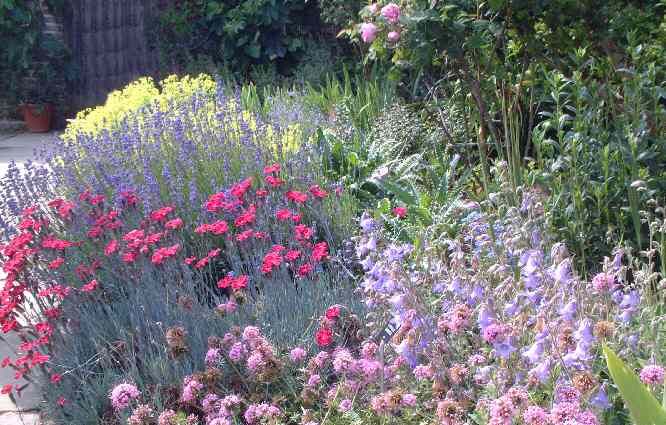
Useful information
Two websites that proved extremely useful in Troy's search for rare rose cultivars were: helpmefind.com/rose/ and combinedroselist.com, which publishes an annual list of around 15,000 cultivars worldwide.
Specialist rose suppliers- David Austin Roses
- Europa-Rosarium
- Peter Beales
- Roseto Botanico Carla Fineschi
- Ruston’s Roses
Visit Sissinghurst Castle Garden:
Address: Biddenden Road, near Cranbrook, Kent, TN17 2AB
Website: www.nationaltrust.org.uk/sissinghurst-castle-garden
Sissinghurst Castle Garden
Sissinghurst Castle Garden is an open-air green palace with many rooms - miniature gardens. Each room is different in style, mood, colors. Gardeners all over the world use the ideas of this garden in their creations.
The main idea of Seasinghurst Garden is the combination of the incongruous.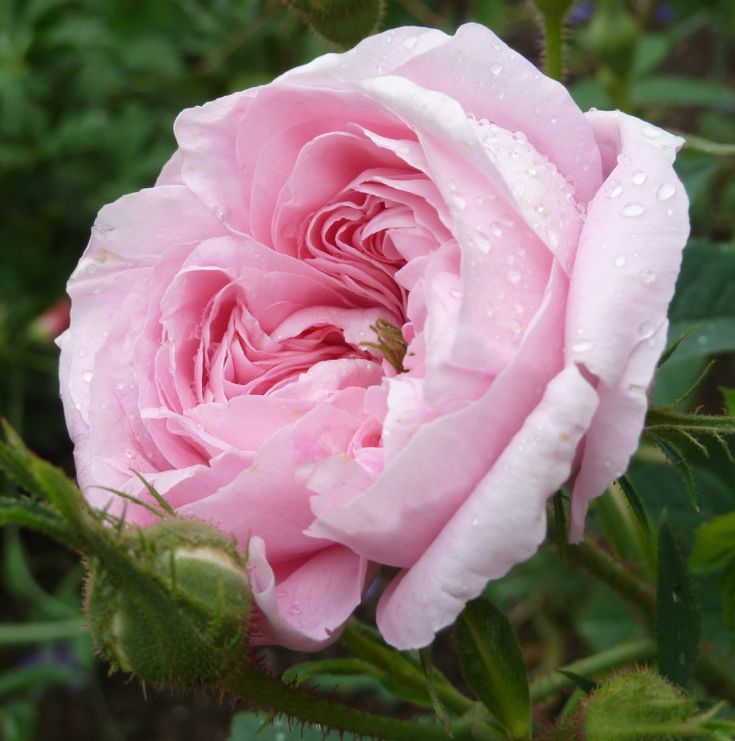 A regular garden and a landscape garden, strict lines of an aristocratic park and the simplicity of a village garden - all this is incomprehensibly harmoniously connected into one whole in the area around the ancient castle in Kent (England).
A regular garden and a landscape garden, strict lines of an aristocratic park and the simplicity of a village garden - all this is incomprehensibly harmoniously connected into one whole in the area around the ancient castle in Kent (England).
Sissinghurst Castle itself was built by Sir John Bakker in 1530, one of Henry VIII's privy councillors, on the site of an ancient Norman estate. Construction was continued by his son Richard.
When the estate was purchased in 1930 by Vita Sackville West and Harold Nicholson, the castle was mostly ruins. The only habitable buildings were the porter's house, the tower, the south house, and the rectory. Gradually, the new owners of the castle, together with their sons, revived Sissinghurst Castle and created one of the finest examples of British design art of the 20th century.
Harold's nature was practical and prudent, which allowed him to skillfully design the landscape, lay alleys and fill the space. His nature required a clear structure and strict geometry of the garden.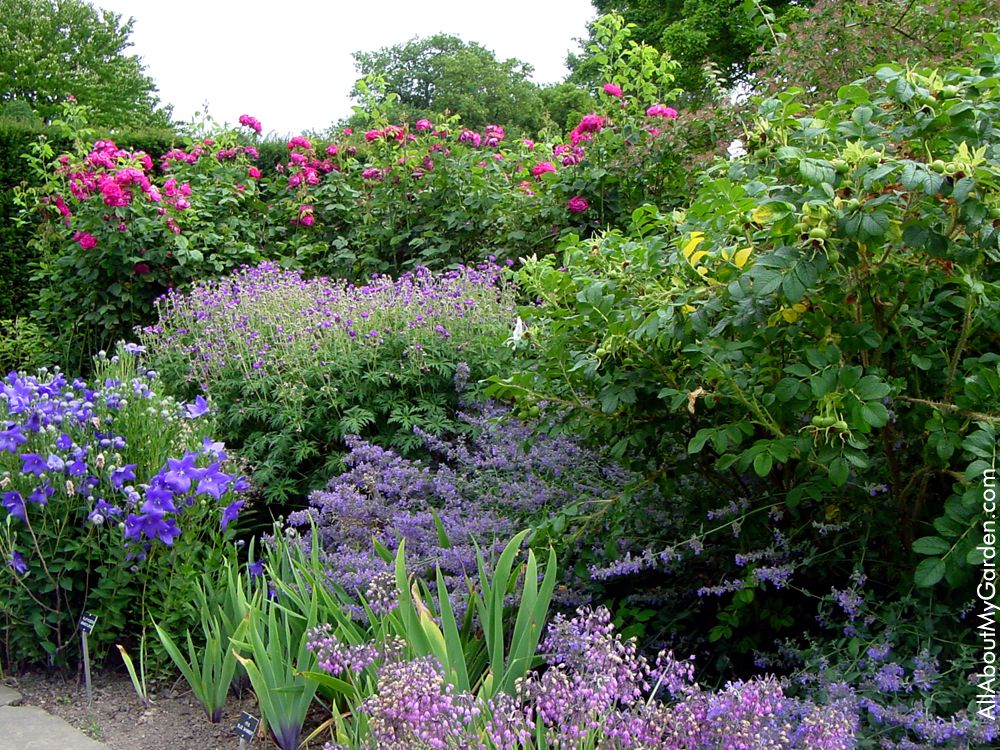 Vita preferred naturalness, freely filling well-planned areas of the garden with plants. Her flower beds did not have a clear geometric layout, perennials and shrubs, like wild plants, conquered unoccupied spaces. Vita was a talented gardener with a keen sense of the nature of plants. In her hands, everything took root and developed, flourishing magnificently among rigid geometric shapes.
Vita preferred naturalness, freely filling well-planned areas of the garden with plants. Her flower beds did not have a clear geometric layout, perennials and shrubs, like wild plants, conquered unoccupied spaces. Vita was a talented gardener with a keen sense of the nature of plants. In her hands, everything took root and developed, flourishing magnificently among rigid geometric shapes.
The garden is divided into "rooms" by brick walls and green spaces. All of them are united by arches and passages. Seasinghurst visitors move from one open-air "room" to another, enjoying the views and admiring the nooks and crannies.
Such a clear division of the manor into rooms made it possible to boldly experiment with a palette of colors, not paying attention to the coloristic combination of neighboring mini-gardens.
The ancient brick buildings, walls and medieval moat were not destroyed. On the contrary, they were carefully preserved and these relics of bygone times largely determined the design of the garden.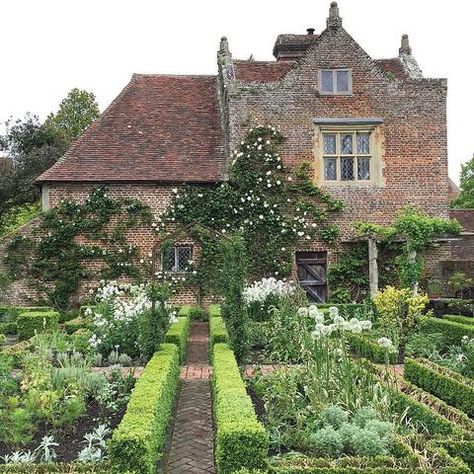 Three new walls were added to them and high hedges were grown from yew, boxwood and hornbeam. These living walls form a kind of labyrinth, like in ancient French gardens, and he leads visitors through the garden in the way that its creators intended, directing the eye to sculptures in the distance or beautiful views.
Three new walls were added to them and high hedges were grown from yew, boxwood and hornbeam. These living walls form a kind of labyrinth, like in ancient French gardens, and he leads visitors through the garden in the way that its creators intended, directing the eye to sculptures in the distance or beautiful views.
Over time, the garden was decorated with arches and fences of climbing roses. Flowering shrubs and perennials dictate the color scheme of each room. All Sissinghurst mini-gardens are unique not only in their shape, but also in their color scheme.
Unlike English landscape parks and gardens, there is no smooth transition from one garden to another. Each garden has its own clear boundaries-walls, like the rooms of a palace.
In the center of the garden is Harold's "circle": a round mowed lawn surrounded by yew hedges, with breaks every quarter of the circle. The exits from it lead to rectangular flower beds framed by low-cut boxwood. The lawn and the surrounding hedge are the foundation, the constant compositional center of the garden, regardless of the season.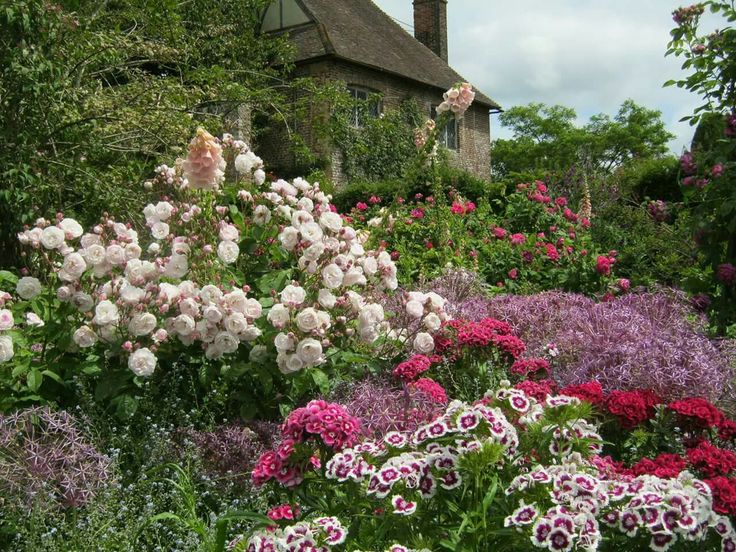
The best place to start your visit to Sissinghurst is the tall Elizabethan tower. It actually occupies a central position in the estate, from it you can see the whole garden and the surrounding area.
Purple Border of the courtyard, the first to greet the visitor entering the estate. It occupies a narrow strip along the south wall of the courtyard and is a classic mixborder that features colors in all shades of magenta. Roses, poppies, irises, geraniums, lupins, phloxes of various shades of red and purple are collected here. They are combined with green foliage, and in the cold season - with purple, burgundy and fiery red leaves of shrubs.
Lilac-pink Delos is an early spring garden, the beauty of which is revealed before the trees are covered with leaves. In spring, pink chionodoxes, blue sprouts and white anemones bloom here like a carpet, later white magnolias, pale pink geraniums, forest violets and snow-white peonies come into their own.
White Garden is filled with all shades of white. This is one of the most refined and sophisticated gardens. It has a clear structure in the form of a cross, in the crosshairs of which there is a wrought iron pavilion. The four rectangles of the cross are broken into smaller rectangles, with paths between them, while the lines of the White Garden are framed by a border of sheared boxwood. White violas, deutsias, irises, dahlias, gladioli, silvery wormwoods are planted inside the rectangles in a chaotic mess. Here, under the canopy of the willow pear tree, there is a romantic sculpture of a thoughtful girl, at whose feet dicenters and white-edged pelargoniums modestly turn white.
This is one of the most refined and sophisticated gardens. It has a clear structure in the form of a cross, in the crosshairs of which there is a wrought iron pavilion. The four rectangles of the cross are broken into smaller rectangles, with paths between them, while the lines of the White Garden are framed by a border of sheared boxwood. White violas, deutsias, irises, dahlias, gladioli, silvery wormwoods are planted inside the rectangles in a chaotic mess. Here, under the canopy of the willow pear tree, there is a romantic sculpture of a thoughtful girl, at whose feet dicenters and white-edged pelargoniums modestly turn white.
The Rose Garden contains a magnificent collection of roses. A shaded passage leads to it. And such a striking contrast between the gloomy narrow corridor and the bright sunny Rose Garden was no doubt introduced by Harold, who loved such effects. Vita also contributed to the rose garden. She loved old varieties of roses that bloom only in a certain season. In full beauty, the Rose Garden appears only in the middle of summer. The rest of the time, this garden is enlivened by other flowers: irises in spring, clematis in summer, asters and chrysanthemums in autumn.
In full beauty, the Rose Garden appears only in the middle of summer. The rest of the time, this garden is enlivened by other flowers: irises in spring, clematis in summer, asters and chrysanthemums in autumn.
The Green Alley of Lips, or Spring Garden, was completely designed by Harold. In spring, hyacinths, crocuses and other bulbs bloom here under the canopy of pale green foliage of lindens.
The bright colors of the Village Garden are simply striking after the calm green shades of the alleys. This garden is red-orange. It does not look like a classic English park at all. Wherever the visitor's eye falls, there is a riot of red, orange and yellow flowers.
The Garden of Medicinal Plants nestled in the farthest and most secluded corner of the estate. The paths of the garden form many small beds in which spices and aromatic plants are planted. Lilac, silvery, grayish-green color is given by wormwood, sage, thyme, mint, rosemary, and in the background lilac wisteria create a delicate background.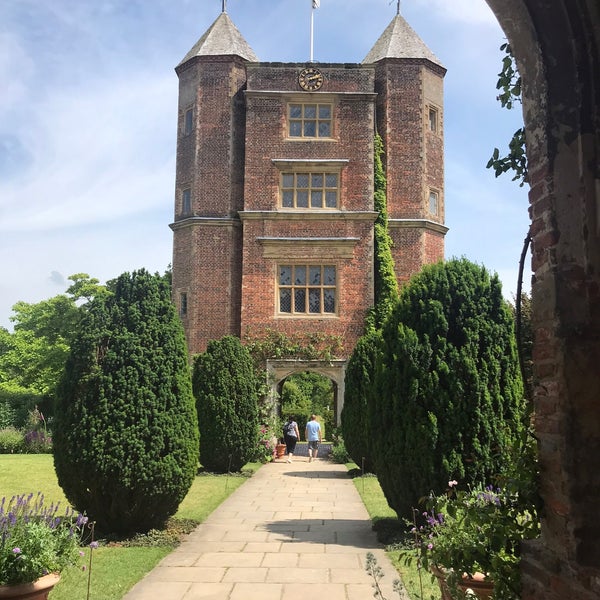 Currently grown here
Currently grown here
Sissinghurst Manor is now under the management of a non-government charity dedicated to the preservation of England's national heritage. Excursions are held here, and many visitors visit the park every year.
Author: domiksad.net
The most beautiful gardens in England, part 2
Spread out a magnificent garden,
Shaking branches full of fruits.
And it is famous for its peace for centuries,
Spreading sweet aroma.
In its silence and the rustle - a loud sound,
It serves as music for wonderful groves,
Gently circles between flowering greenery,
Turning everything around into an orchestra.
Almost no one wanders here,
But the garden does not wane from loneliness,
And the sunny playful faded face
Looks into the wilderness, where the mystery lives.
Don't ruin the riches of the garden, man,
Leave the age-old virginity to nature,
Be more attentive to screaming gestures,
And you yourself will dwell among negligence.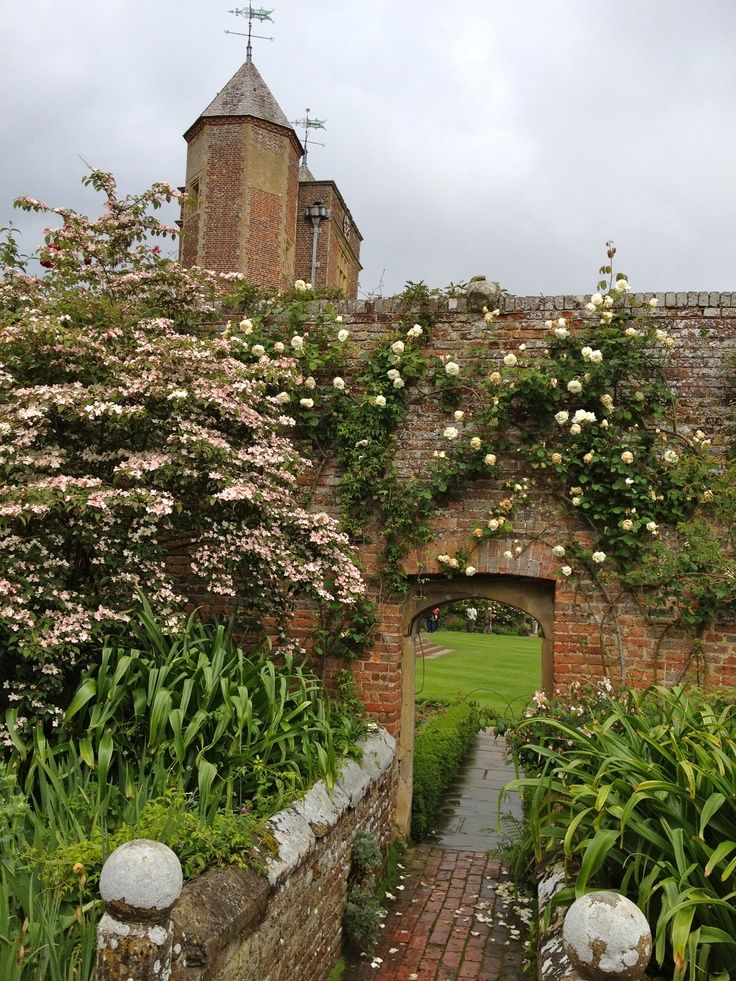
1. Sissinghurst Castle Garden
Sissinghurst Castle Garden is a green palace in the open air, in which many rooms are miniature gardens. Each room is different in style, mood, colors. Gardeners all over the world use the ideas of this garden in their creations.
The main idea of Seasinghurst Garden is the combination of the incompatible. A regular garden and a landscape garden, strict lines of an aristocratic park and the simplicity of a village garden - all this is incomprehensibly harmoniously connected into one whole in the area around the ancient castle in Kent (England).
Sissinghurst Castle itself was built by Sir John Bakker in 1530, one of Henry VIII's privy councillors, on the site of an ancient Norman estate. Construction was continued by his son Richard. When the estate was purchased in 1930 by Vita Sackville-West and Harold Nicholson, the castle was mostly ruins.
Harold was practical and prudent by nature, which allowed him to talentedly design the landscape, lay alleys and fill the space.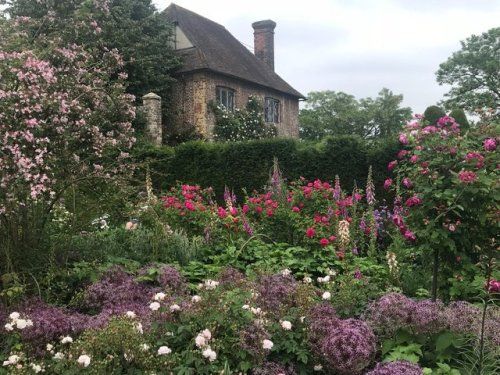
The garden is divided into "rooms" by brick walls and green spaces. All of them are united by arches and passages. The separation made it possible to boldly experiment with a palette of colors, not paying attention to the coloristic combination of neighboring mini-gardens.
The ancient brick buildings, walls and medieval moat were not destroyed. On the contrary, they were carefully preserved and these relics of bygone times largely determined the design of the garden. Over time, the garden was decorated with arches and fences of climbing roses. Flowering shrubs and perennials dictate the color scheme of each room. All Sissinghurst mini-gardens are unique not only in their shape, but also in their color scheme.
In the center of the garden is Harold's "circle": a round mowed lawn surrounded by yew hedges, with breaks every quarter of the circle. The exits from it lead to rectangular flower beds framed by low-cut boxwood. The lawn and the surrounding hedge are the foundation, the constant compositional center of the garden, regardless of the season.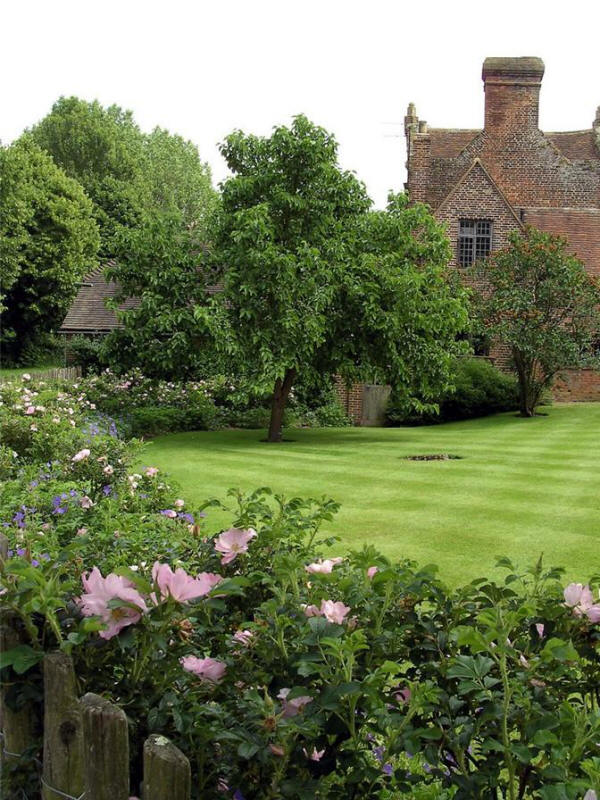
Purple Border of the courtyard, the first to meet the visitor entering the estate. Roses, poppies, irises, geraniums, lupins, phloxes of various shades of red and purple are collected here. They are combined with green foliage, and in the cold season - with purple, burgundy and fiery red leaves of shrubs.
Lilac-pink Delos is an early spring garden, the beauty of which is revealed before the trees are leafed out. In spring, pink chionodoxes, blue sprouts and white anemones bloom here like a carpet, later white magnolias, pale pink geraniums, forest violets and snow-white peonies come into their own.
White The garden is filled with all shades of white. This is one of the most refined and sophisticated gardens. It has a clear structure in the form of a cross, in the crosshairs of which there is a wrought iron pavilion. White violas, deutsias, irises, dahlias, gladioli, silvery wormwoods are planted here in a chaotic mess. Here, under the canopy of the willow pear tree, there is a romantic sculpture of a thoughtful girl, at whose feet dicenters and white-edged pelargoniums modestly turn white.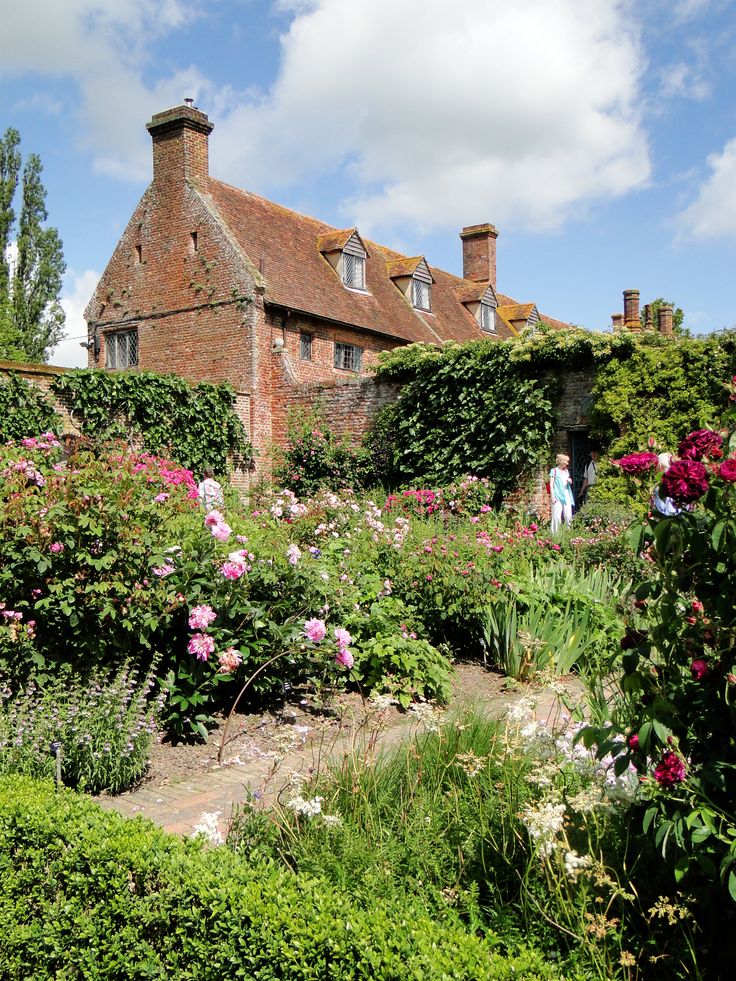
The Rose Garden contains a magnificent collection of roses. A shaded passage leads to it. In full beauty, the Rose Garden appears only in the middle of summer. The rest of the time, this garden is enlivened by other flowers: irises in spring, clematis in summer, asters and chrysanthemums in autumn.
The Green Alley of Lips, or Spring Garden, was completely designed by Harold. In spring, under the canopy of pale green foliage of lindens, hyacinths, blueberries and other bulbs bloom here.
The bright colors of the Village Garden are simply amazing after the calm green shades of the alleys. This garden is red-orange.
The Garden of Medicinal Plants perched in the farthest and most secluded corner of the estate. The paths of the garden form many small beds in which spices and aromatic plants are planted. Lilac, silvery, grayish-green color is given by wormwood, sage, thyme, mint, rosemary, and in the background lilac wisteria create a delicate background.
Sissinghurst Manor is now managed by a non-government charity dedicated to the preservation of England's national heritage. Excursions are held here, and many visitors visit the park every year.
2. Hyde Hall Dry Garden
Hyde Hall Dry Garden in Essex is one of the driest areas in England with very little annual rainfall. The dry garden is located on top of a windswept hill. Thanks to the hard work of the Robinsons, an arid wasteland has been turned into a magnificent garden in which many plants grow.
Hyde Hall Garden is a good example of how plants grown there thrive in drought conditions.
Interest in dry gardens has grown significantly over the past few years. Although people often present England as a "green and favorable land" with abundant rainfall, this is not always the case. Due to climate change in recent years much of East Anglia has been banned from using tap water to irrigate gardens.